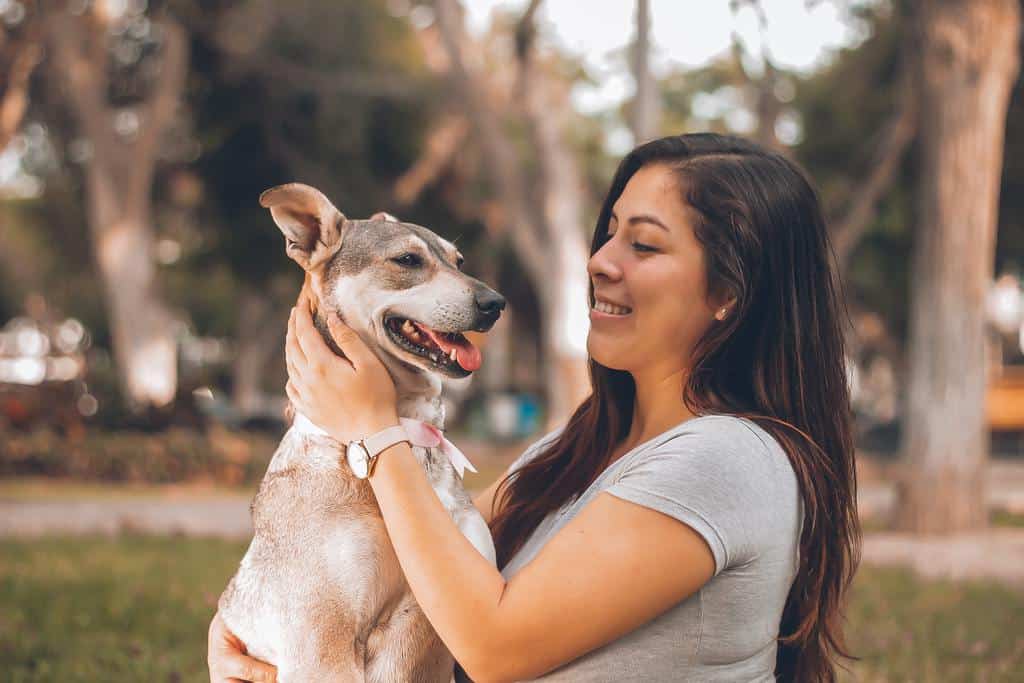A huge plus of being a travel nurse is your ability to bring along a pet. Stability Healthcare advocates for bringing your pet with you, whether you find housing through Stability or through other methods. According to the National Institutes of Health, “animals can reduce loneliness, increase feelings of social support, and boost your mood.” Additionally, they can decrease stress and even help lower blood pressure.
In these trying times where we can’t spend time with the ones we love (in person), a pet is a great buddy to quarantine with. So, whether you’re traveling with your family or by yourself, bringing along an extra companion can help you acclimate. However, there are factors, and a few tips, you should keep in mind while traveling with pets:
Make sure your specific housing can accommodate your pet.
Before you commit to your housing, give their pet policy a close read and make sure having a pet is allowed. Many places will have certain restrictions – such as breed if it’s a dog, animal size, or the number of animals on the premises. Additionally, they may have a monthly pet fee, or a pet deposit, that they’ll require you to pay. This fee can differ greatly amongst properties. If you’re staying in a hotel, certain rooms are designated for pet owners, while others are not. If you’re confused, reach out to the property owner for guidance. And, as Stability Healthcare says, if you’re working in an exotic location, check out any quarantine rules that you may have to abide by. An example of a place where this might apply might be Hawaii.
Consider whether your housing is safe for you pet.
Just because your housing allows pets, doesn’t mean it’s necessarily safe for them. For example, if you have a dog, you need to make sure that it will have plenty of space to move around. This includes an area for them to relieve themselves, an adequate place for you to walk them, etc. The neighborhood should also be at the forefront of your mind – if you don’t feel safe walking around at night, you certainly won’t feel safe walking around your pet! If you’re bringing along a dog, check to see if there is a dog park nearby or other places like a dog-friendly beach or bar.
Are there amenities for you and your pet nearby?
It would be a drag if the nearest pet store was a long trek from your housing. While choosing your housing, browse the area and see if there are any places you can easily stock up on supplies for your pet. This is important for a wide range of pets – dogs, cats, amphibians, fish, etc. If you have a more exotic animal, whose supplies may be harder to come by, call local places and see what they have in stock ahead of time.
How to transport your animal to your new work location
Airlines
Although a lot of airlines offer animal travel with a fee, some don’t. If you plan on flying with your animal, thoroughly research if the airline you’d like to use allows it. Larger animals, like big dogs, will have extra fees or will not be able to take a flight. You’re pet may not be able to fly with you if they don’t fit the airlines’ age requirement. Additionally, you will need to call your airline representative ahead of flying, usually two or more days in advance, and you will need to bring your pet to the vet and get a health certification.
All of these rules can differ between airlines, but the gist is the same. Typically, a ton of info can be found on the airlines’ website. American Airlines, for example, has a tab specifically for flying with animals. Although many airlines have very specific requirements, like kennel size, health certificate requirements, etc., it’s definitely worth it to bring along your companion.
U-Haul
If you’re packing up your belongings and using a U-Haul to move, they do allow pets! Their website offers a ton of great tips that are specific to moving your animal with a U-Haul. It should be noted that animals shouldn’t be put in the cargo area of the car/truck, and should be kept separate from furniture and your belongings. There should be plenty of room on the seat next to you to put a kennel, cage, or crate. And, on the plus side, if your animal is a dog who is fine with being in a car, it can sit shotgun next to you! Just make sure to purchase a seat belt adapter ahead of time.
Your own car
The best method of transportation is the one that’s safest for you and your animal. Typically, being able to transport you animal in your own car or a familiar car is ideal. This way, if you need to stop and allow your animals to relieve themselves, or if you animal is say, a parrot that makes a lot of noise, you won’t be worried about disturbing others. You’ll also be able to bring a ton of supplies with you, like that big bag of cat food or box of toys for your bird.
Other methods of travel
There are a few other methods of travel that you can use to bring your pet. Check their respective websites to see their policies:
- Amtrak
- Greyhound Bus (service animals only)
- Uber Pet
Overall…
Stability Healthcare is a great supporter of travel nurses bringing along their pets. Allow yourself plenty of time to research the pet policy of your housing and transportation method. It can be a lot of work, however, having your pet with you is worth it and can help you more easily acclimate into your new work location.





